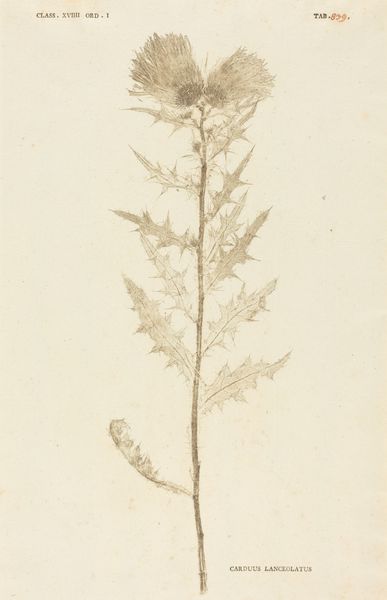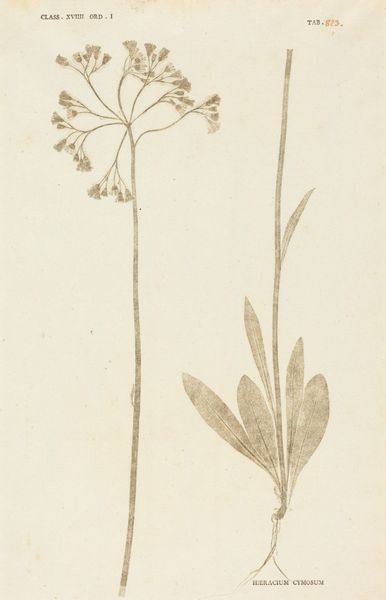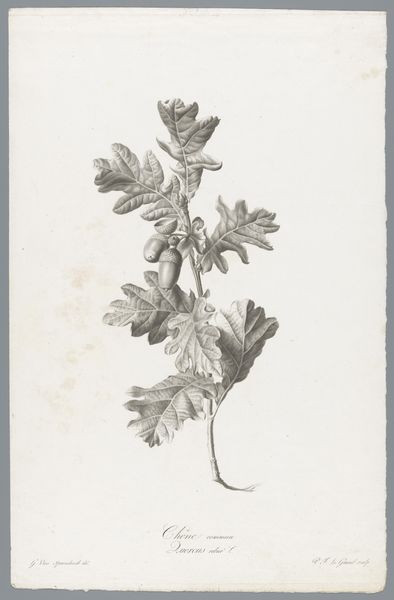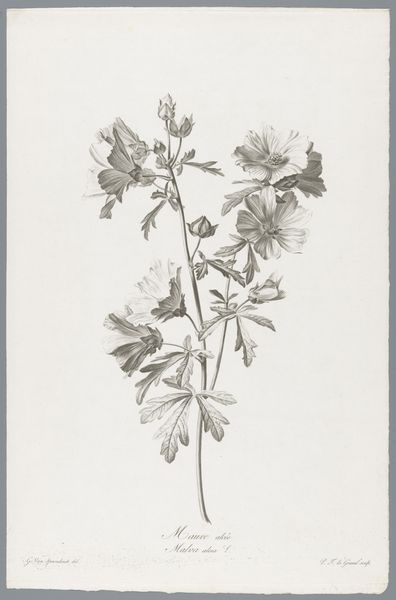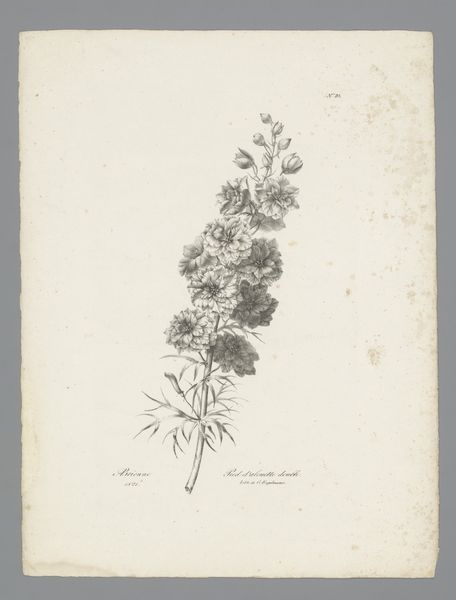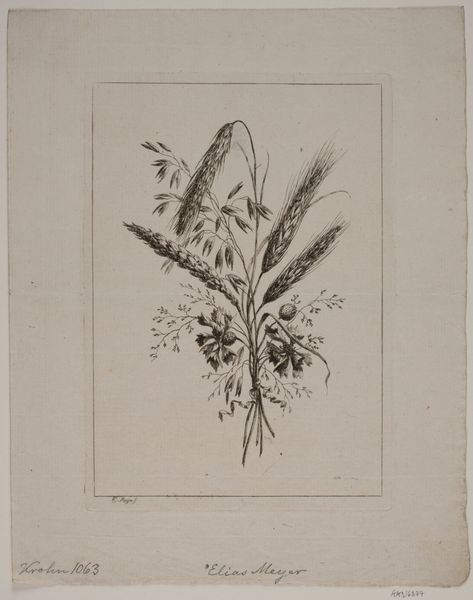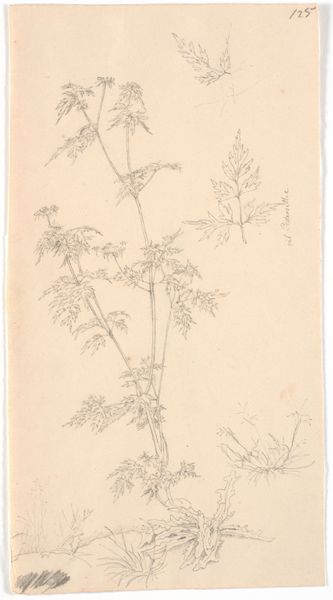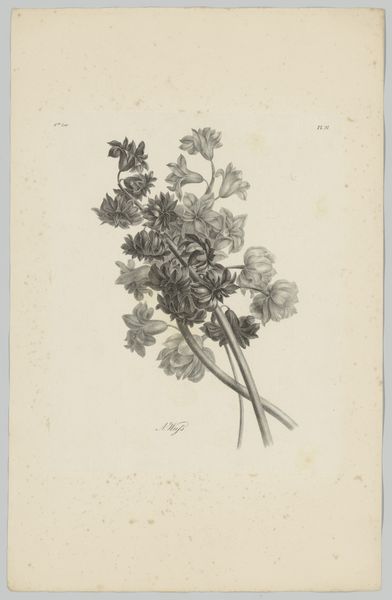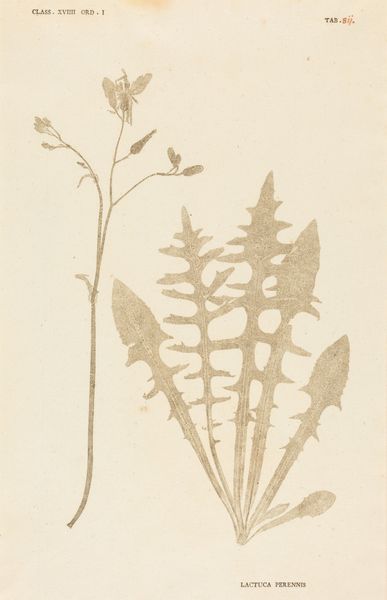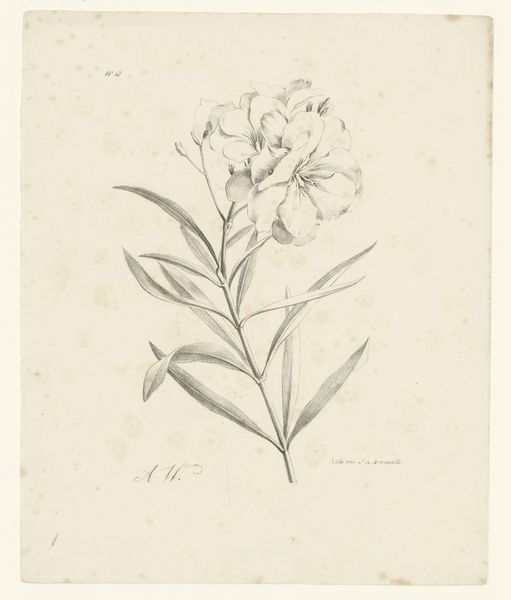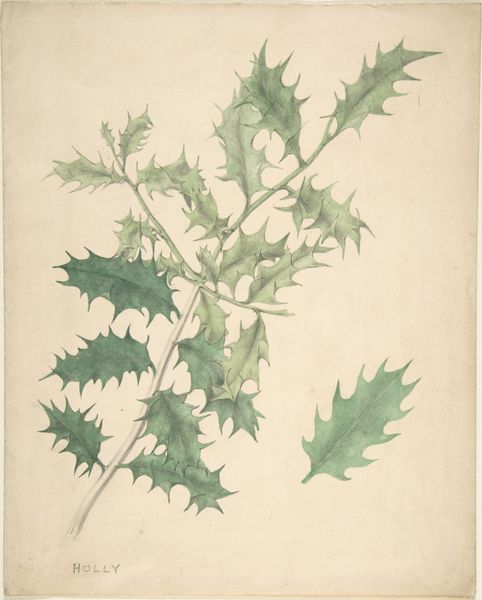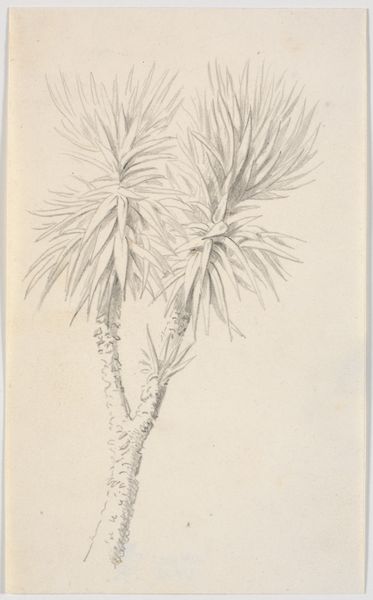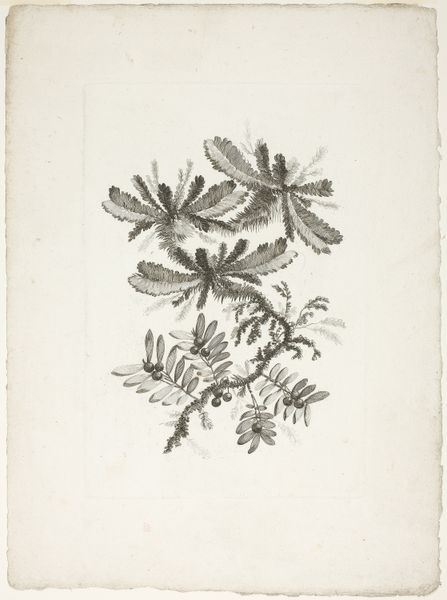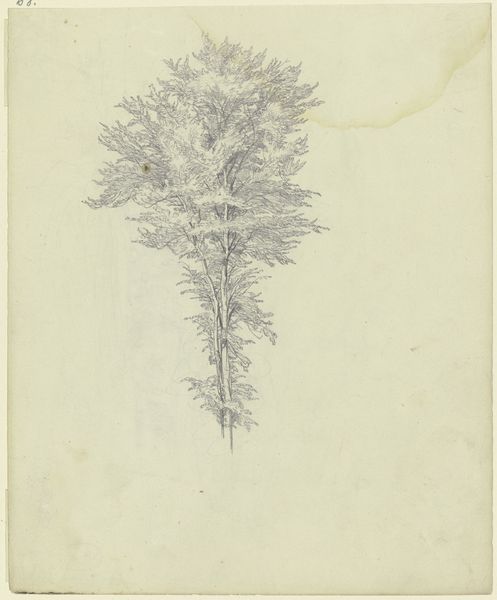
photogram, print, etching, daguerreotype, paper, photography
#
toned paper
#
decorative element
#
photogram
# print
#
etching
#
daguerreotype
#
etching
#
paper
#
photography
#
plant
Copyright: Public Domain
Curator: What a delicate image. Here we have William Henry Fox Talbot's "Leaf of a Plant," created between 1843 and 1845. Talbot was a pioneer of photography, and this work, housed here at The Metropolitan Museum of Art, demonstrates his early experiments. Editor: It feels ghostly, doesn't it? Almost like a memory of a plant. The monochrome palette contributes to that feeling; it's a far cry from our modern, oversaturated world. There's a quiet stillness to it that I find very moving. Curator: Precisely. Talbot's photograms weren't merely replications of reality. He was interested in photography's potential to unlock and investigate other fields of study such as botany. It presents an intersection of scientific documentation and aesthetic interpretation. Consider the historical context—photography was still incredibly new. This offered revolutionary potential for accessing art outside traditional channels. Editor: Absolutely, we should consider accessibility. Looking at it through a contemporary lens, I see the beginnings of mass image production. Though the artistic intention may have been scientific documentation, its distribution democratized access to art and challenged existing social hierarchies of the time, offering an intriguing insight into colonial power dynamics and its relation to new methods of visual representation. It challenges the elitist art establishment. Curator: That is quite true; there were definite consequences to contend with. Still, note how he meticulously selected this particular leaf. It is intentionally arranged and positioned for optimum artistic impact. Its delicate veining is strikingly clear against the toned paper, isn’t it? It almost looks like an etching. Editor: It’s interesting to think about the choice of the specific plant itself. Why this fern-like structure, not another? Does it carry symbolic weight from its era, or is its appeal purely visual? This makes one question whose perspectives have historically dominated art historical interpretation and reception. This artwork offers opportunity to interrogate and resist established narratives. Curator: It certainly does, prompting important dialogue regarding not only botanical art of the 19th century but how far its revolutionary roots extend even into today's photography-saturated art world. Editor: Definitely. Thinking about Talbot’s photogram, I’m struck by how it anticipates conversations about the environment. Even a simple rendering has something vital to show and offers commentary about mortality and how we, as consumers of imagery, can address environmental issues by creating a cultural shift toward awareness through sustainable engagement and artistic production.
Comments
No comments
Be the first to comment and join the conversation on the ultimate creative platform.
